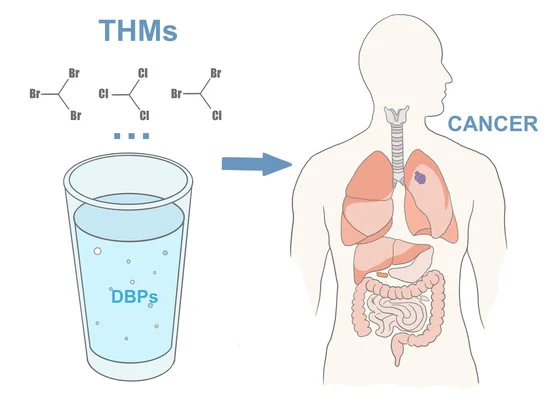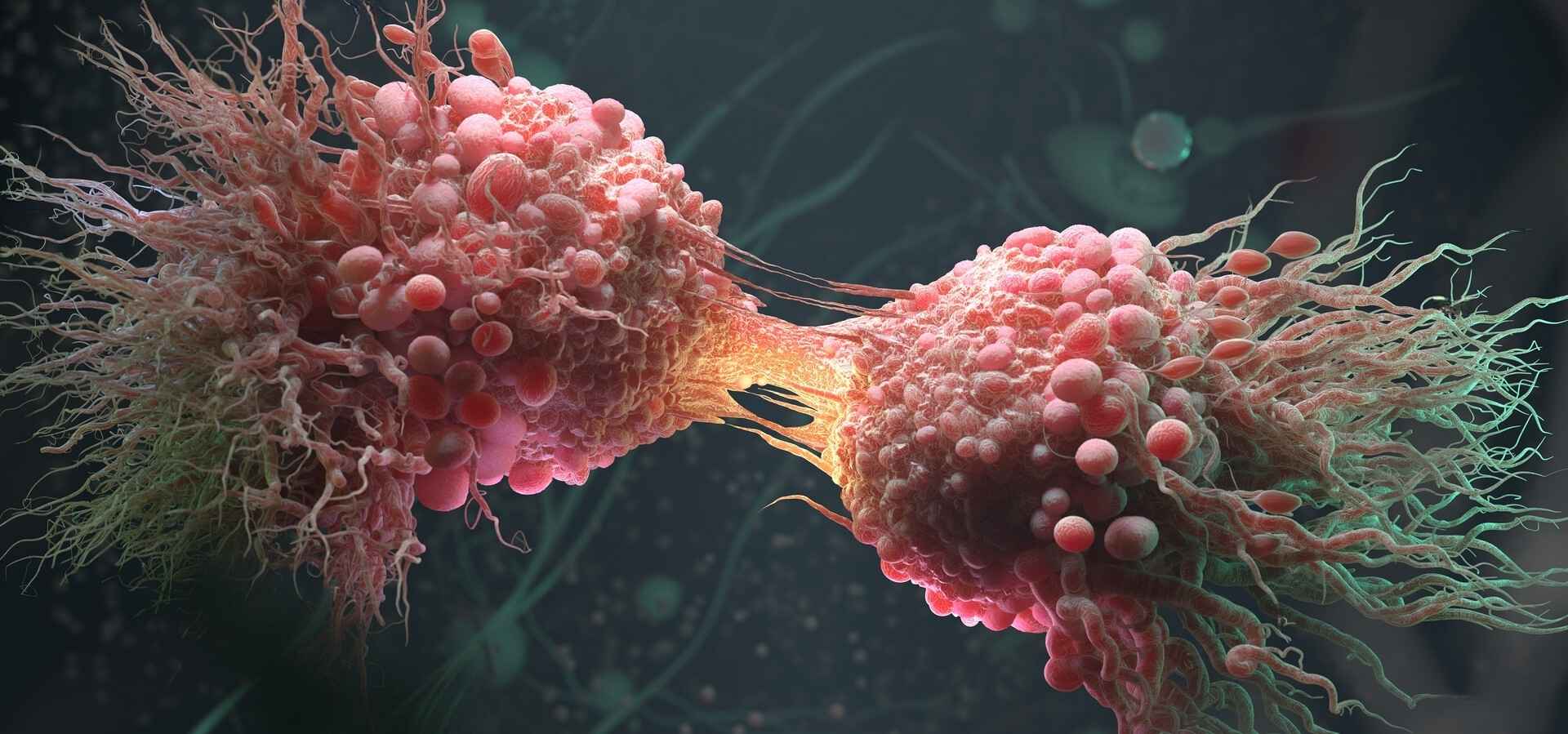Recent research highlights potential health risks associated with trihalomethanes (THMs), byproducts formed when chlorine disinfects drinking water. Scientists suggest that current regulatory limits in the United States and European Union may not be stringent enough to prevent colorectal and bladder cancer, necessitating a reassessment of these standards.
What Are Trihalomethanes (THMs)?
THMs emerge when chlorine interacts with natural organic matter in water. The most common THMs include chloroform, bromoform, bromodichloromethane, and chlorodibromomethane. These compounds are commonly found in chlorinated water supplies and have been linked to various health concerns.
Current Regulatory Standards vs. Health Concerns
In the United States, the maximum allowable THM concentration in drinking water is 80 micrograms per liter, while the European Union sets a slightly higher limit at 100 micrograms per liter. In India, the permissible levels vary by compound. However, research suggests that even these limits may not sufficiently reduce cancer risks. Notably, bladder cancer risk escalates at concentrations exceeding 41 micrograms per liter.
The Carcinogenic Potential of THMs
Scientific studies have raised concerns about the carcinogenicity of THMs. The World Health Organization categorized chloroform as a possible human carcinogen in 1991. Experimental research indicates that prolonged exposure to THMs leads to tumor development in animals, prompting concerns about their long-term effects on human health.
Key Findings from Recent Studies
A comprehensive review of 29 studies involving over 84,000 participants examined the correlation between THM exposure and cancer risk. The analysis revealed a 33% higher likelihood of developing bladder cancer and a 15% increased risk of colorectal cancer among individuals exposed to elevated THM levels. Specifically, colon cancer risk was notable within THM concentrations of 19 to 47 micrograms per liter.
Gender-Based Differences in Cancer Susceptibility
Research findings indicate that men are more susceptible to THM-related bladder and colorectal cancers than women. This discrepancy may be attributed to biological differences in how men and women process carcinogenic compounds.
Study Limitations and Future Research Needs
While these findings are significant, the evidence remains classified as limited-suggestive, as most data originate from cross-sectional studies that do not establish direct causation. Further experimental research is necessary to validate these associations and investigate potential links between THMs and other cancer types.
A Call for Continued Investigation
Experts urge further exploration into the health implications of disinfection byproducts. Special focus should be placed on lesser-studied cancers, including hormone-related female cancers and malignant melanoma, to ensure a comprehensive understanding of THM exposure risks.












